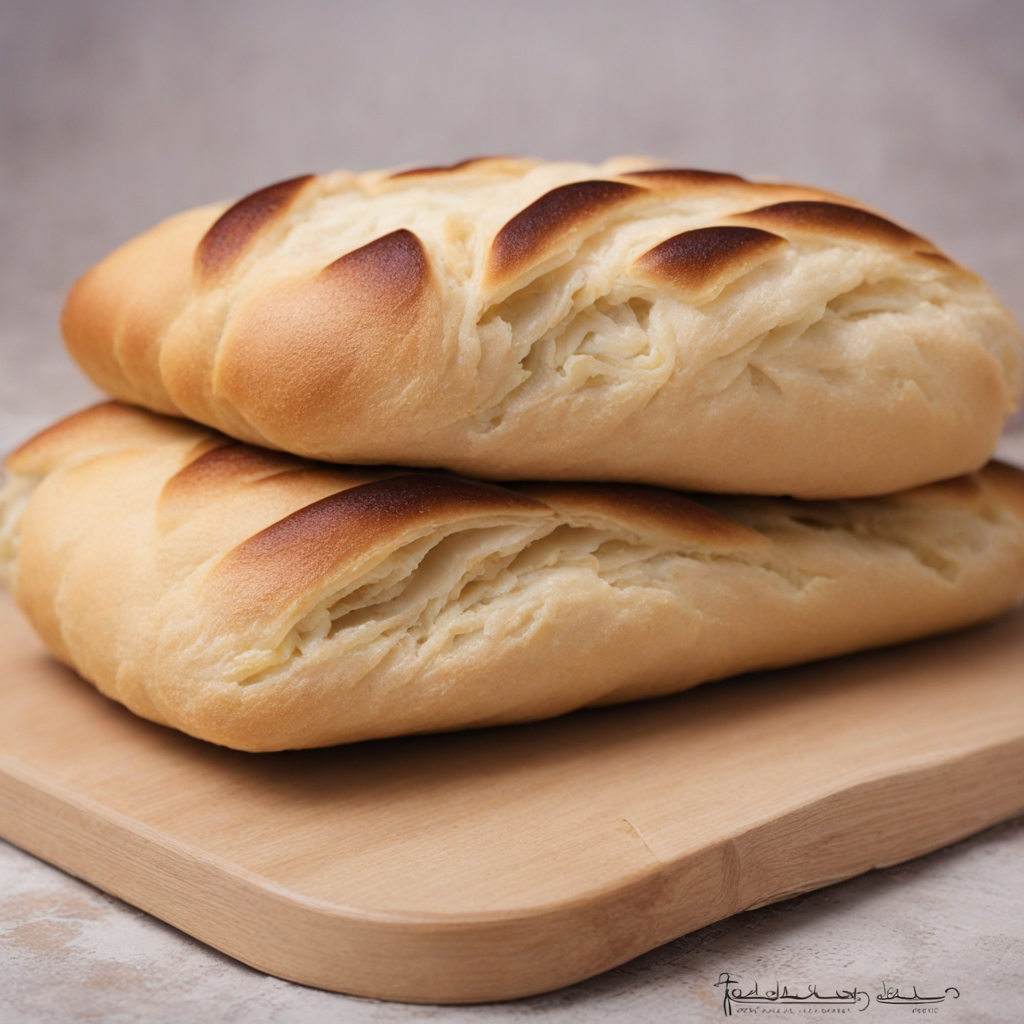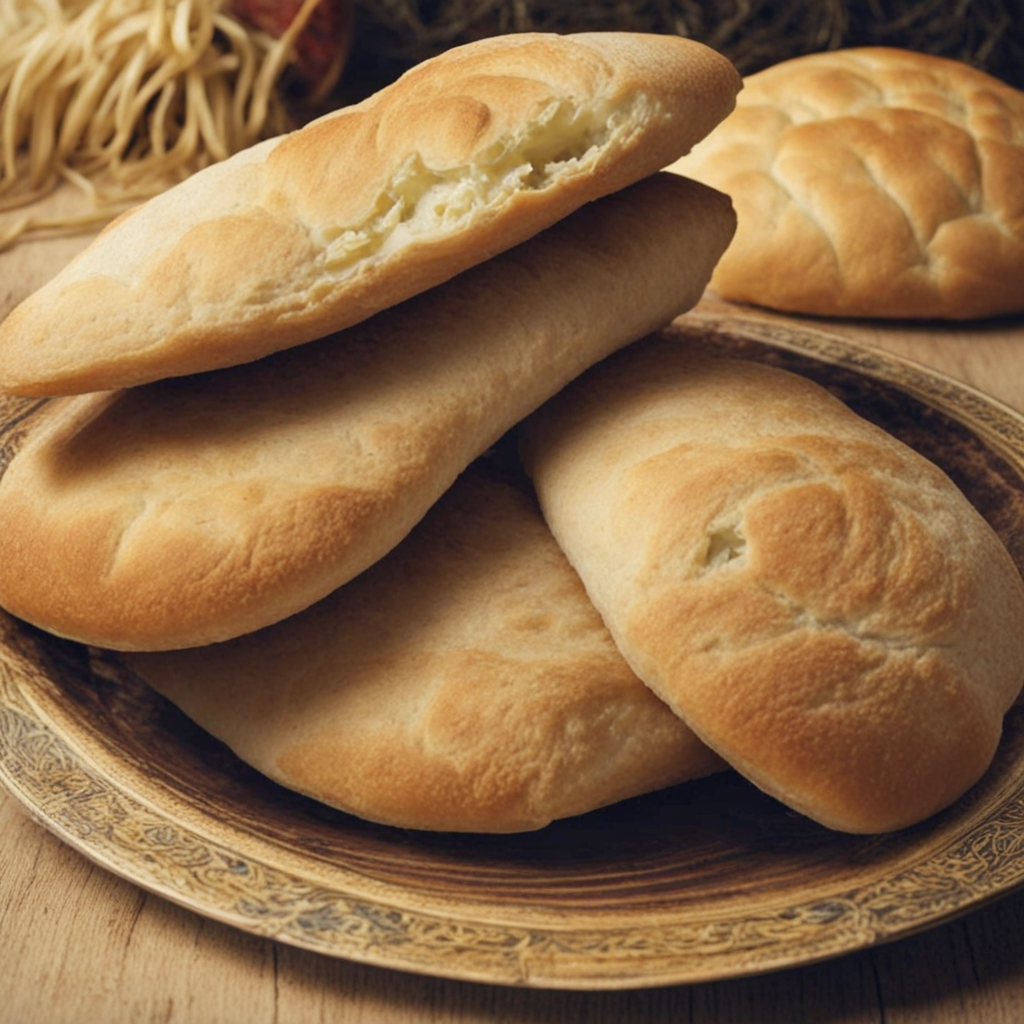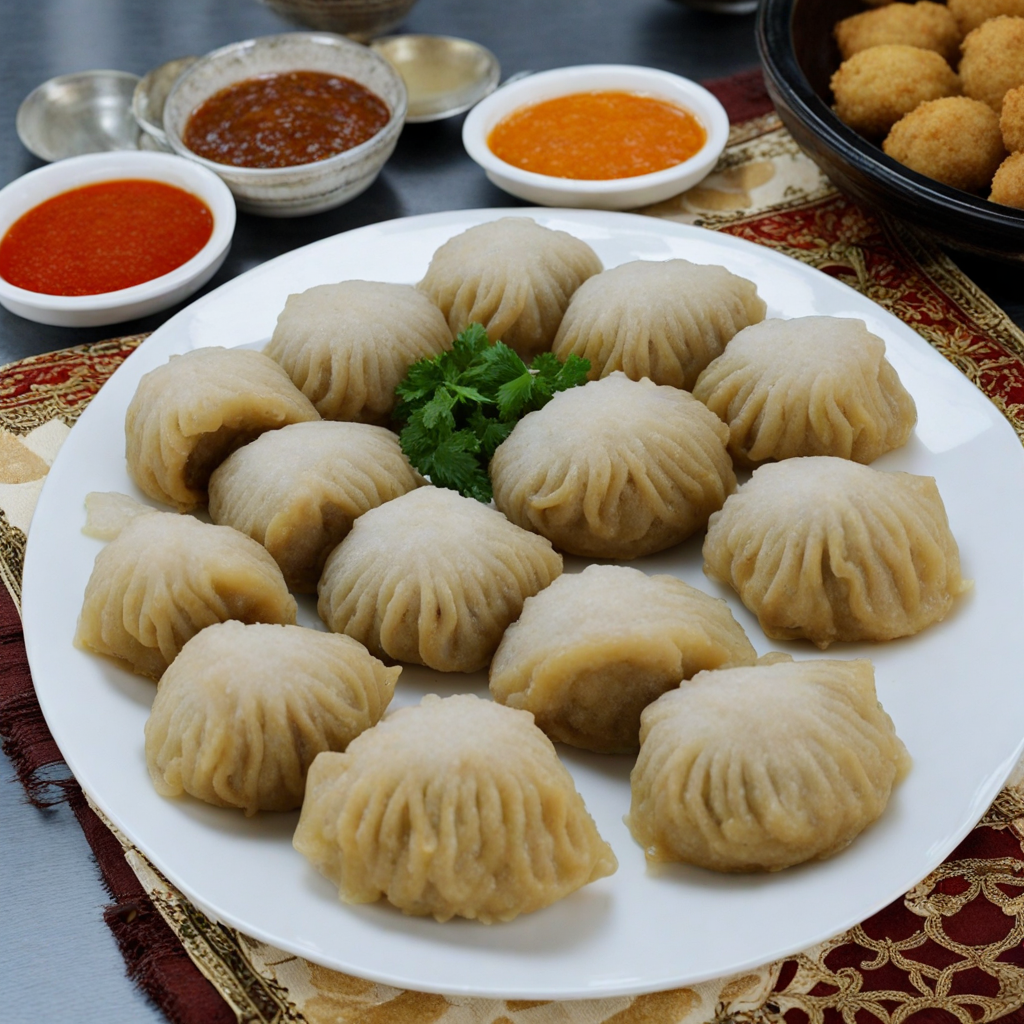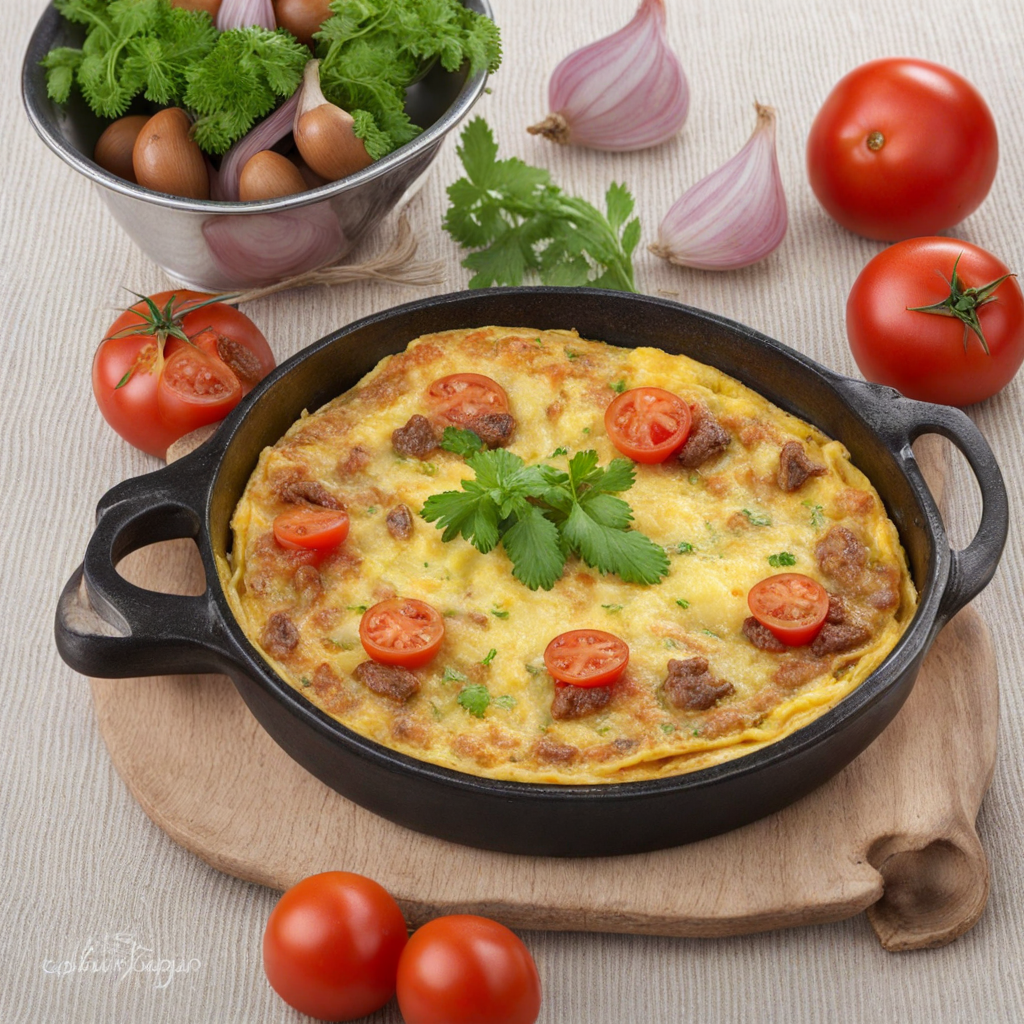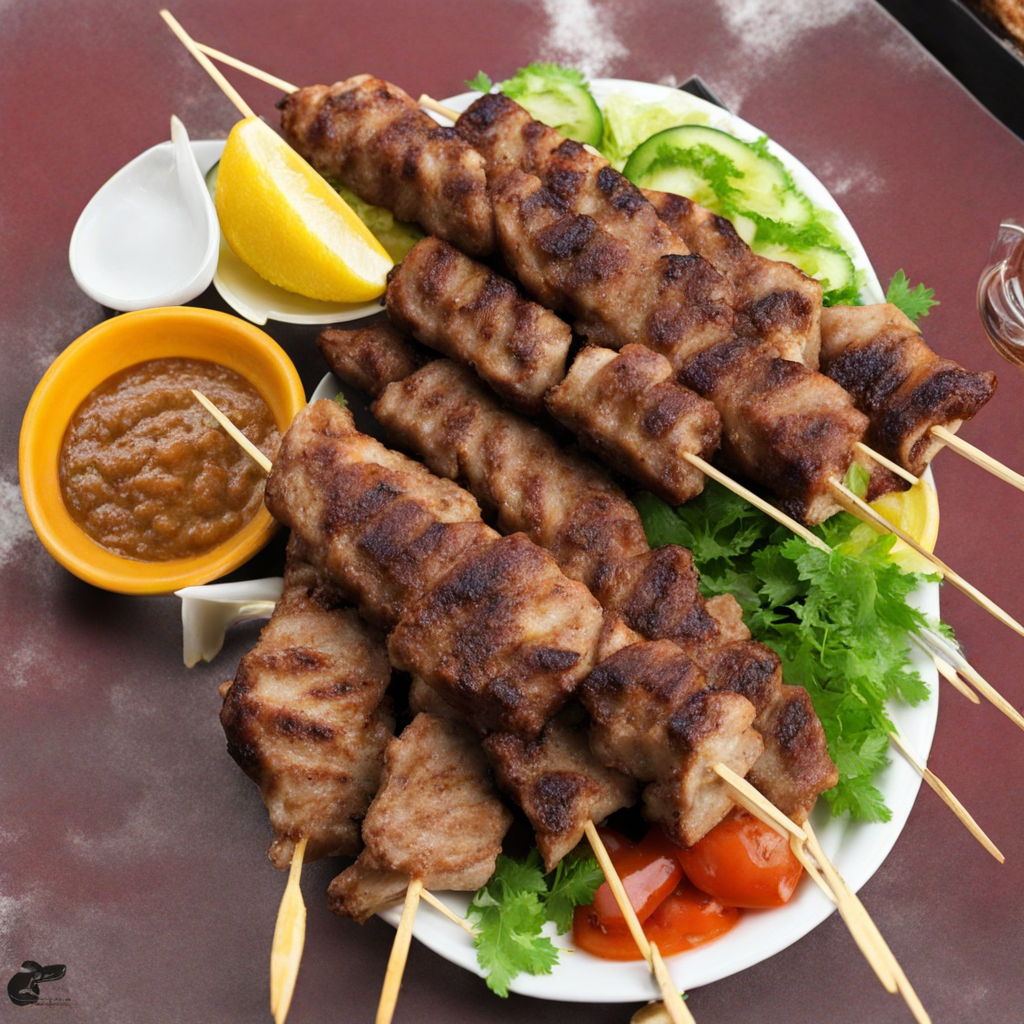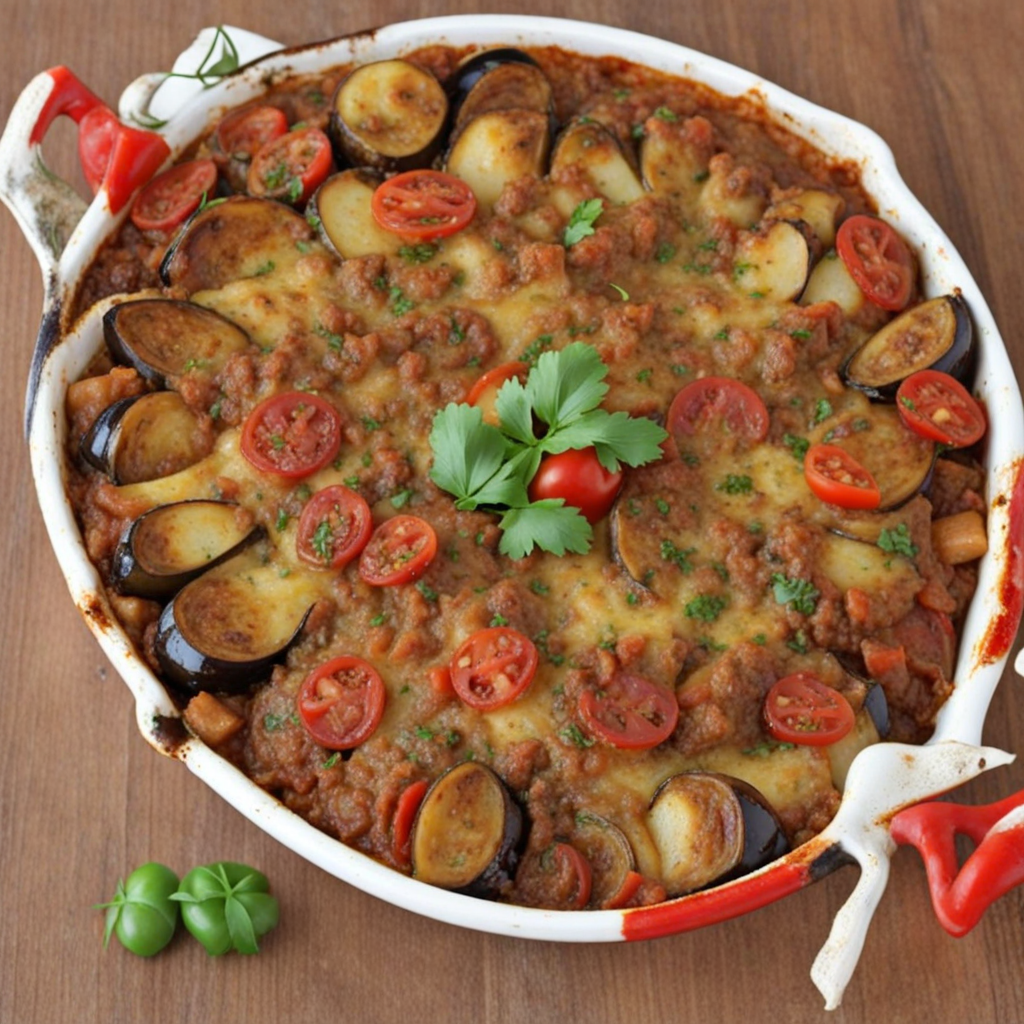Samoon
Samoon is a traditional Iraqi bread that boasts a unique texture and flavor, making it a delightful discovery for any food enthusiast. Its name translates to "moon" in Arabic, which reflects its distinctive crescent shape. Samoon is typically made from high-quality flour, water, yeast, and a pinch of salt, resulting in a dough that is soft yet resilient. The bread is often baked in a traditional stone oven, which imparts a slightly smoky aroma and a crispy crust that contrasts beautifully with its fluffy interior. When you take your first bite of Samoon, the initial crunch of the crust gives way to a soft, airy crumb that feels almost pillowy in your mouth. It has a subtle sweetness that pairs wonderfully with both savory and sweet toppings, making it an incredibly versatile accompaniment to a variety of dishes. Whether slathered with creamy labneh, filled with spiced meats, or simply enjoyed with a drizzle of honey, Samoon enhances the dining experience with its distinctive taste and texture. Samoon is not just a food item; it is often a centerpiece in Iraqi gatherings and celebrations, symbolizing hospitality and warmth. Its unique shape makes it perfect for sharing, and it is commonly served alongside hearty stews, grilled meats, or even as a wrap for sandwiches. With its rich history and cultural significance, trying Samoon is not just about tasting a new food; it is about experiencing a slice of Iraqi heritage that has been cherished for generations.
How It Became This Dish
Origin of صمون صمون, or "samoon," is a traditional Iraqi bread that has been an integral part of the culinary landscape of Iraq for centuries. Its origins can be traced back to the ancient civilizations that once thrived in Mesopotamia, where wheat was cultivated and utilized in various forms. The word "samoon" in Arabic is derived from the term "saman," which refers to a type of fat or oil, indicating that the bread is often made with the addition of fats to enhance its flavor and texture. The earliest known records of bread-making in the region date back to around 3000 BCE, when the Sumerians developed techniques for baking with the grain they had cultivated. The evolution of bread in Iraq reflects the agricultural practices and culinary traditions of the time, with samoon emerging as a popular choice among various communities. As Iraq became a melting pot of cultures due to its strategic location along trade routes, the recipes and baking methods for samoon were influenced by neighboring regions, particularly Persia and the Levant. Cultural Significance of صمون In Iraq, صمون holds significant cultural and social importance. It is often regarded as more than just a bread but a symbol of hospitality and community. Traditionally, samoon is served during gatherings, family meals, and celebrations, making it a staple on Iraqi tables. Its unique shape—often elongated and slightly curved—makes it visually appealing and easy to handle, which is why it is often enjoyed with various dishes, such as stews, grilled meats, or simply dipped in olive oil. Furthermore, samoon plays a vital role in the daily lives of Iraqis. Street vendors selling fresh samoon can be found in bustling markets and neighborhoods, where the aroma of freshly baked bread fills the air. The act of buying samoon from local bakers fosters a sense of community and connection, as it is a shared experience for many families. This bread is often enjoyed with tea or as part of a larger meal, signifying the importance of food in bringing people together. Development Over Time Over the centuries, the recipe and preparation of صمون have evolved, reflecting changes in ingredients and baking techniques. Traditionally, samoon was made with simple ingredients: flour, water, yeast, and salt, often enriched with a small amount of oil or animal fat. However, like many culinary traditions, modernization and globalization have influenced the way samoon is made today. In the 20th century, the introduction of commercial yeast and modern baking techniques allowed for more consistent and efficient production of samoon. Additionally, with the advent of industrial baking, samoon began to be mass-produced in bakeries, making it more accessible to the general public. This shift, while ensuring that samoon remained a staple in Iraqi cuisine, also led to variations in texture and flavor, as commercial bakers experimented with different types of flour and additives. Despite these changes, many Iraqi families continue to uphold traditional methods of making صمون, often baking it in a tandoor or clay oven for that distinct smoky flavor. The use of local ingredients, such as the high-quality wheat grown in the fertile plains of Iraq, remains a hallmark of authentic samoon. This dedication to tradition has helped preserve the cultural significance of samoon, even amidst modernization. Regional Variations While samoon is predominantly associated with Iraq, it is also enjoyed in neighboring countries, with variations in its preparation and serving styles. In the Levant, for example, a similar bread called "pita" has gained popularity, though it differs in texture and cooking method. In Iran, a comparable bread known as "lavash" is often used in daily meals. Each region adds its unique twist to the bread-making process, influenced by local tastes and customs. In Iraq, there are regional variations of samoon, with each city or area boasting its local style. In Baghdad, samoon tends to be larger and fluffier, while in Basra, it may be denser and more compact. The particularities in shape, size, and even flavor reflect the diverse palates of the Iraqi people, demonstrating how food can be a reflection of cultural identity. Moreover, samoon has adapted to contemporary culinary trends, with some bakers experimenting with whole grain versions or adding spices and herbs to the dough. These innovations have broadened the appeal of samoon, allowing it to remain relevant in a rapidly changing food landscape. Samoon in Contemporary Iraq Today, صمون continues to be a beloved element of Iraqi cuisine, symbolizing resilience and cultural heritage. The bread remains a staple in households across the country, and its presence is felt in both everyday meals and festive occasions. In recent years, there has been a resurgence of interest in traditional foods, as younger generations seek to reconnect with their culinary roots. Many families take pride in passing down the art of making samoon from one generation to the next, ensuring that the techniques and flavors are preserved. This generational knowledge serves as a way to maintain cultural identity, especially in a context where globalization poses challenges to local traditions. In addition to home kitchens, samoon is also celebrated in restaurants and food markets, where chefs showcase their own interpretations of this classic bread. As Iraqi cuisine gains recognition on the global stage, samoon has found itself being featured in international food festivals and culinary events, introducing a wider audience to the flavors of Iraq. Conclusion In summary, صمون is not merely a type of bread; it is a culinary tradition steeped in history, culture, and community. From its ancient origins in Mesopotamia to its modern-day iterations, samoon has evolved while retaining its essential role in Iraqi identity. The bread serves as a reminder of the rich agricultural heritage of the region and the social ties that food fosters among people. As Iraq continues to navigate the complexities of modern life, samoon remains a cherished culinary symbol, embodying the spirit of hospitality and the enduring legacy of Iraq's diverse culinary landscape.
You may like
Discover local flavors from Iraq


